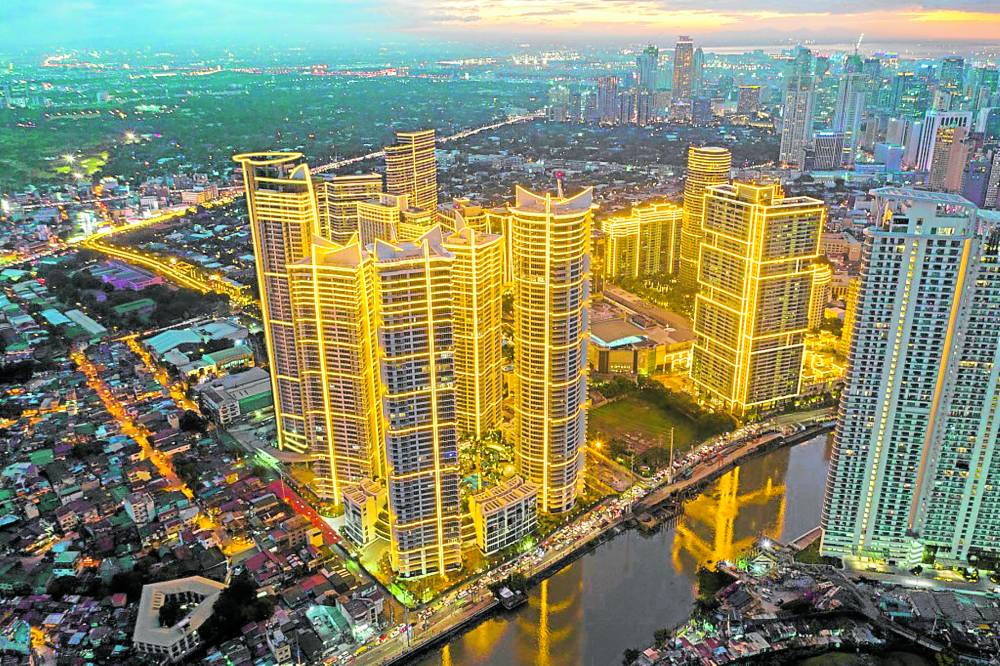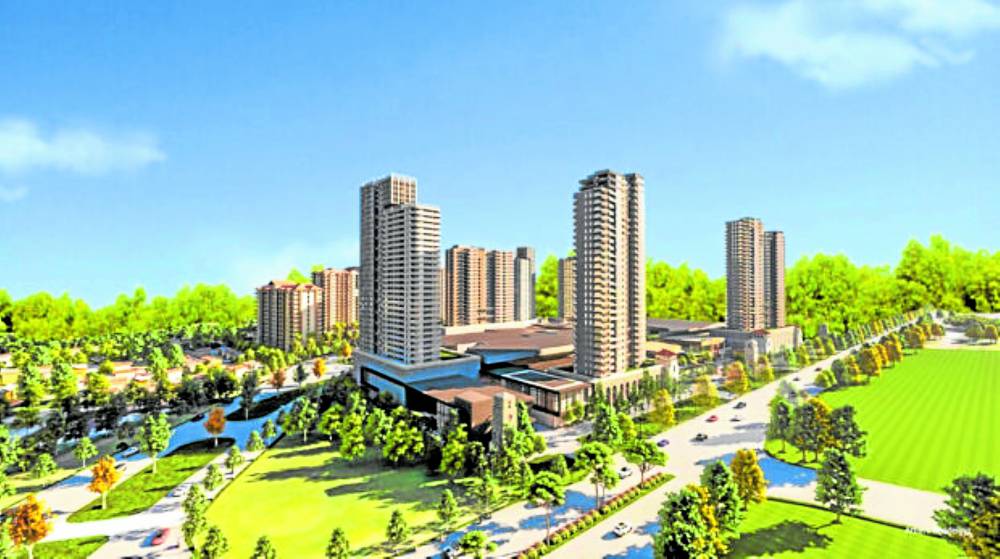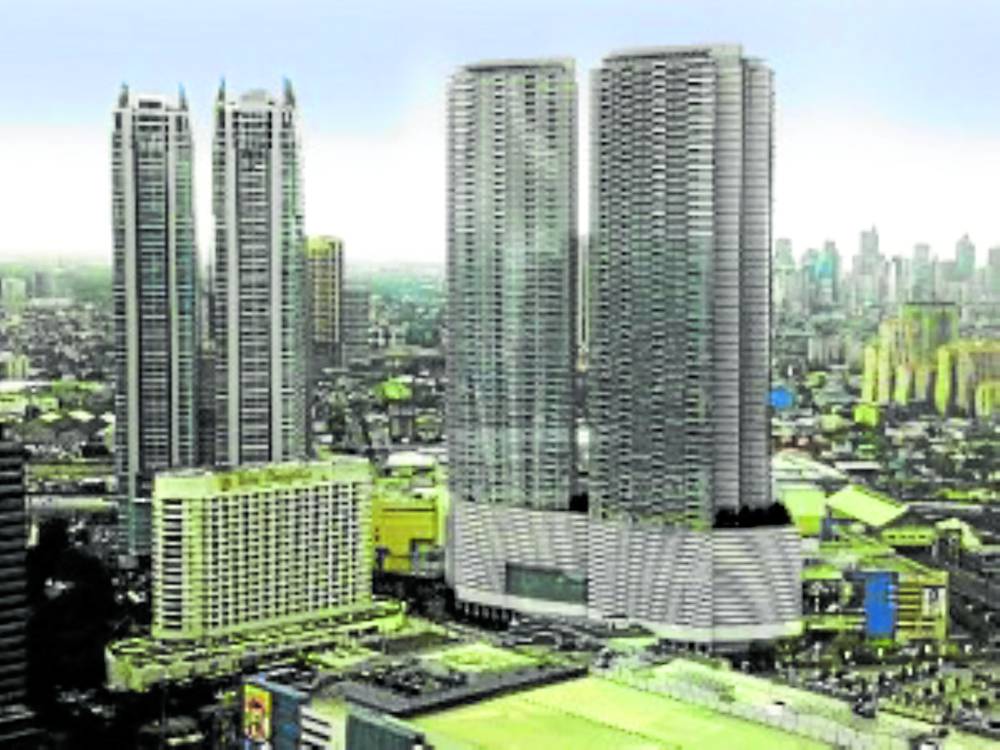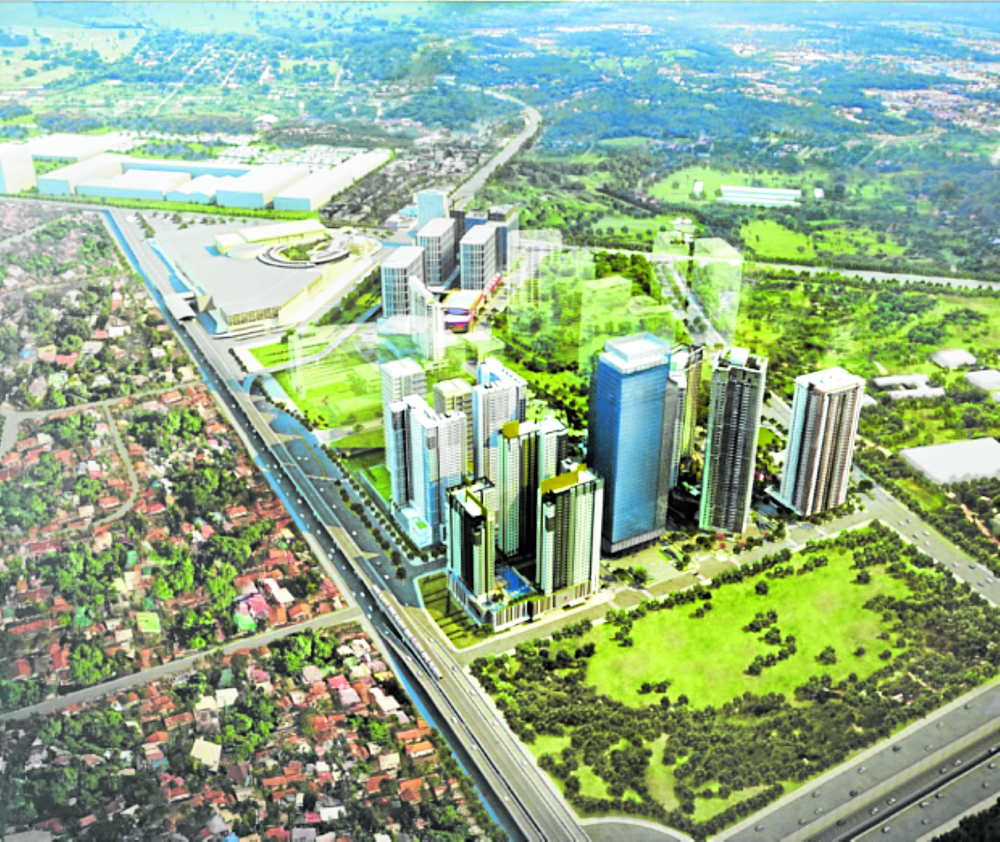Luxury condo properties take center stage

Colliers believes the luxury and ultra luxury segments will likely remain resilient despite rising interest and mortgage rates. (https://e-rockwell.com)
In Metro Manila, the preference for luxury and ultra luxury residential properties is not just making a comeback, it is rebounding by leaps and bounds. Luxury and ultra luxury condominium projects are those that start at P20 million per unit. Over the past 12 to 18 months, we have seen the launch of condominium units that are undeniably breaking the price barrier. Some of these residential units are priced between P700,000 and P900,000 per sqm with total contract price (TCP) ranging from P200 million to about P500 million per unit. Despite these prices, these projects in primary business hubs including the Makati CBD are recording very good takeup rates. We attribute the strong demand to an affluent and discerning market on the lookout for residential units with topnotch amenities and strong capital appreciation potential.
Colliers believes the luxury and ultra luxury market in Metro Manila remains strong as this is the segment that draws interest from a consumer base awash with cash. In fact, looking at the residential market’s performance at the height of the pandemic in 2020 and 2021, the high-end segment exhibited resilience. While prices in affordable to lower mid-income residential segments of the secondary residential market recorded correction, demand and prices in the luxury and ultra luxury segments held firm.
What’s notable is that as the Philippine economy rebounds and as the affluence and purchasing power of Filipino investors improve, we see greater interest for these higher-priced residential units, especially in key business districts that continue to attract large Filipino and multinational firms as locators.

(FILE PHOTO)
Growing share
There’s no doubt that Metro Manila’s luxury condominium market is making a comeback. Latest data from Colliers Philippines reveal that the luxury condominium segment (P20 million and above) accounted for 12 percent of total take-up in 2022 and 2023.
Major developers’ recent residential launches primarily cater to the affluent market. In Q1 2024, more than 50 percent of newly-launched units were classified as upscale to ultra luxury (P12 million and above). In our view, investors prefer these luxury units due to capital appreciation potential and as a viable hedge against inflation, a major concern of astute long-term investors.
The constant rise in land values coupled with surging prices of construction materials are also compelling developers to focus on the more expensive spectrum of Metro Manila’s condominium market.
Thriving luxury market
Over the past couple of months, we have seen strong takeup for these higher-priced condominium units in business hubs such as Makati CBD, Fort Bonifacio, the Bay Area, and Ortigas CBD. Colliers believes the luxury and ultra luxury segments will likely remain resilient despite rising interest and mortgage rates.
Note that these projects highlight not just bigger cuts, high-end amenities, spacious lobbies, and topnotch concierge services, but also proximity to major public projects that will be completed in Metro Manila and nearby urban areas over the next three to five years.
Luxury and ultra luxury pre-selling projects continue to be offered in Makati CBD. This is no longer surprising given that Makati CBD continues to be one of the most, if not the most desired address of large, multinational firms and their employees. Makati houses not just expansive office towers but also high-end malls; some are even up for redevelopment, which will only make residing within Makati CBD more attractive for top Filipino professionals and expatriates and their families.
Makati CBD is one business district in Metro Manila that continues to dominate in terms of total share to luxury and ultra luxury condominium projects in the capital region. The business district continues to attract traditional and outsourcing tenants.
As a result, office vacancy in the bustling financial district continues to remain relatively low at about 10.2 percent as of Q1 2024. This is much better than the Metro Manila-wide office vacancy of 19 percent.
The bustling financial hub also houses several knowledge process outsourcing (KPO) companies.
In our view, the influx of these foreign companies should bring in more foreign workers and hence raise the demand for luxury condominium units.
Expatriates are also drawn to Metro Manila’s primary business hubs due to the presence of international schools.

Luxury and ultra luxury residential units in the metro’s primary business hubs are definitely a cut above the rest. (FILE PHOTO)
Live-work-play-shop
Overall, we see demand for prime residential projects because of the convenience, accessibility, and exclusivity that they provide unit owners and renters. These are just some of the reasons why business districts such as Makati CBD continue to attract consular officials and high-ranking expatriates employed by multinational and foreign outsourcing firms. Luxury and ultra luxury residential units in the metro’s primary business hubs are definitely a cut above the rest.
What I want to highlight is that these residential projects are well-maintained, have occupancies higher than the industry average, and boast of hotel-like amenities and services—the major reasons behind the strong takeup (for lease or for sale) of luxury and ultra luxury developments.

(FILE PHOTO)
Upgraded amenities
As more luxury and ultra luxury projects are being launched in Metro Manila, Colliers sees the rise of more discerning buyers. Beyond capital appreciation potential, investors and end-users are enticed by upscale facilities, quality concierge services, and the advantage of being in a masterplanned community. Colliers encourages developers to further innovate and differentiate their amenities to gain a competitive advantage in the thriving luxury residential segment.
We also encourage developers to integrate sustainable features such as sensor lighting, solar panels, occupancy sensors, LED lights, and rainwater harvesting systems. In our view, adopting green and sustainable features will play an important role in enticing consumers to invest in a condominium project.
Aside from providing tight, round-the-clock security, these properties also offer well-equipped gyms, resort-like pools, ample parking space, quality interiors, among others. These high-end residences are also a stone’s throw away from major shopping hubs in the metro. These retail establishments currently house a mix of popular local and global retail brands that mainly cater to the residents’ distinguished preferences.
Potential price increases
Over the past few years, we have seen healthy levels of price increases for luxury residential projects. In fact, on a per square meter basis, Metro Manila’s luxury and ultra luxury condominium prices are starting to catch up with the region’s most expensive.
Based on regional prices, it appears that there is still room for further expansion of Metro Manila prices on a per sq meter basis. This means now is the opportune time to acquire residential developments with huge potential for capital value growth.
Redefining the residential market
Colliers Philippines believes the demand for luxury and even ultra-luxury units will likely remain resilient. In our view, developers should prepare to tap the demand for this segment. With developers exploring new price boundaries, we see a demand base that will only become more discerning moving forward. With these current prices, we only expect more local and foreign investors to always be on the hunt for more and better-quality amenities and facilities; seamless connectivity to offices, malls, hotels, and other support facilities, open spaces, and business amenities such as co-working spaces.
Investors will also be looking for projects that integrate artificial intelligence (AI) features into their developments. We see this becoming the norm in the luxury and ultra-luxury segments in Metro Manila, particularly as investors and end-users will look for developments that highlight the presence of facilities that will elevate their lifestyle.
The author is the head of research of Colliers Philippines. For feedback, please email joey.bondoc@colliers.com
